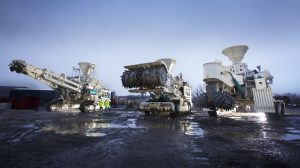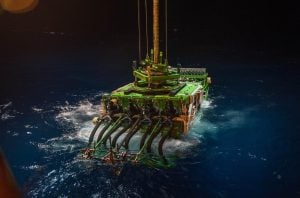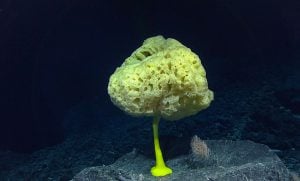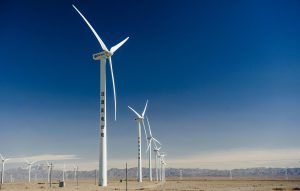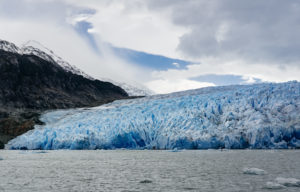The world’s first deep-sea mining project to be given an operating licence – Nautilus Minerals’ “Solwara 1” project off Papua New Guinea – appears to have ground to a halt in the face of concerns about its environmental impact and community opposition, culminating in legal action and public appeals to the new national government.
With a resulting lack of investor interest and the loss of its production support vessel last year, it’s difficult to see what the company might now achieve. In its wake, Nautilus has left the Papua New Guinea government facing a debt equivalent to one-third of the country’s annual health budget for its nine million people. The fate of Nautilus should send a warning to investors, and nations considering joint ventures with companies.
Early investors jumped ship to form DeepGreen Resources, which is working hard to build its image as a cleaner source of minerals than companies like Nautilus, which aspire to mine hydrothermal vents, or land-based mining companies. Their website describes a sanitised vacuuming up of mineral-rich nodules sitting on the seafloor and claims they will provide “clean metals” for a “sustainable planet”. However, comparisons between the impacts of seabed and terrestrial mining have been shown to be fraught and readily misconstrued by vested interests.
Next year, a little-known UN agency, the International Seabed Authority (ISA), is expected to open up the high seas to mining. The body, which is based in Kingston, Jamaica, is due to finalise its mining code: a set of regulations for exploiting the sea floor in international waters. The ISA has already completed regulations and recommendations for exploration. These have enabled it to grant 29 exploration licences in international waters.
While there is intense interest in the future financial returns that may be available through seabed mining, no commercial seabed mine has yet been established. Thus far the industry remains a speculative and experimental activity driven in large part by commercial and geostrategic competition, as states consider ways to secure access to rare earth minerals that may become increasingly valuable.
In reality, little is known about the impacts of nodule mining. What is known points to serious and irreversible impacts on marine ecosystems. Industry narratives also totally ignore the rights of maritime communities to maintain their social, economic, cultural and spiritual connections to their oceans. They omit the fact that the minerals they seek to exploit – cobalt, nickel, copper, manganese and rare earths – are finite even on our deep seabeds.
Urban mining – an alternative?
Interest in alternative sources of minerals is growing among civil society, scientists and companies, with work being undertaken towards “urban mining” and the shift to a circular economy.
The circular economy describes an economic system grounded in “cradle to cradle” product design, reconditioning, waste prevention and closed-loop production processes. In response to the momentum, several companies have already put circular economy principles into practice.
Apple announced in 2017 it would “stop mining the Earth altogether” and the European commission has introduced a circular economic framework. Interestingly, the European parliament has called for a moratorium on deep-sea mining until the need for it has been proven, as have prominent scientists, academics and civil society organisations.
There is already investment in urban mining, which is the process of “reclaiming compounds and elements from products, buildings and waste”. A staggering 320 tons of gold and more than 7,500 tons of silver estimated to be worth $US21 billion is used annually to make personal computers, mobile phones, tablets and other electronic products worldwide. There is an abundance of gold, silver, rare earths and copper in the waste generated by the disposal of these products. It is estimated that electronic waste contains precious metal “deposits” 40 to 50 times richer than the ores currently mined.
Urban mining could be more lucrative as well as dealing with an otherwise intractable waste problem, while at the same time capable of meeting future global mineral demand.
The choice for all of us, including investors, should be clear – and in fact is a “no brainer”. On the one hand there are the financial, social and environmental risks of deep-sea mining. On the other, there is the financial, social and environmental win-win of a metal resources future which focuses on urban mining and the transition to a circular economy, in which virgin mining plays only a minor role.

